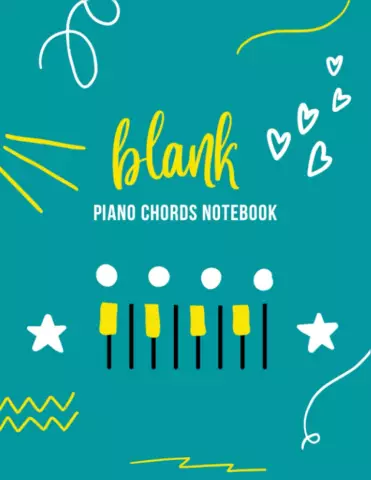"Dog Waltz" was composed as a joke by F. Chopin at the request of his wife Aurora Dudevant. In this work, the composer used musical means to depict the behavior of the dog of the famous writer. However, in the classical performance, it does not at all look like a waltz, since it is played not in a three-beat but in a two-beat size. The most convenient instrument for playing "Dog Waltz" is a keyboard (piano, synthesizer or similar).

Instructions
Step 1
This humorous piece is so simple that even a person who is not trained in music can play it. It's easier to learn the location of the notes than the name. Therefore, when performing, be guided by the black keys. They are arranged in groups of two or three notes.
Step 2
Find a group of two black keys (these are C-sharp and D-sharp). Press in turn, first the upper (right) note, then the lower note from this pair, then the lower of the three keys to the left ("F-sharp"). These three notes should have the same duration, and after the third, pause briefly.

Step 3
Press simultaneously the upper key of the three and the lower of the three keys in the group on the right. Play this pair twice. For convenience and general education, you can remember the names of these notes: "A-sharp" and "F-sharp". Repeat both motives (three notes and two pairs).

Step 4
The third phrase begins in the same way as the first two - with three black keys and a pair of "A-sharp" - "F-sharp". Then, with your left hand, press the "re-sharp" below (in a group of two black keys), again repeat a couple of black keys. Go down with your left hand one step lower ("C sharp"). Then, instead of the pair "A-sharp" - "F-sharp", play twice the pair "B" (to the right of the lower black) - "F" (to the left of the upper black key).

Step 5
Then the left hand performs an ascending passage: "C sharp", "Re sharp". After each note, a couple of notes are played on the white keys. The final phrase is "F-sharp" with the left hand and a double-repeating pair of notes "A-sharp" - "F-sharp" (as in the beginning).
Step 6
If you own musical notation, then, in addition to tips and step-by-step instructions, use the attached sheet music. The piece is written on one staff, without division into left and right hands, but at your discretion you can divide the parts.






